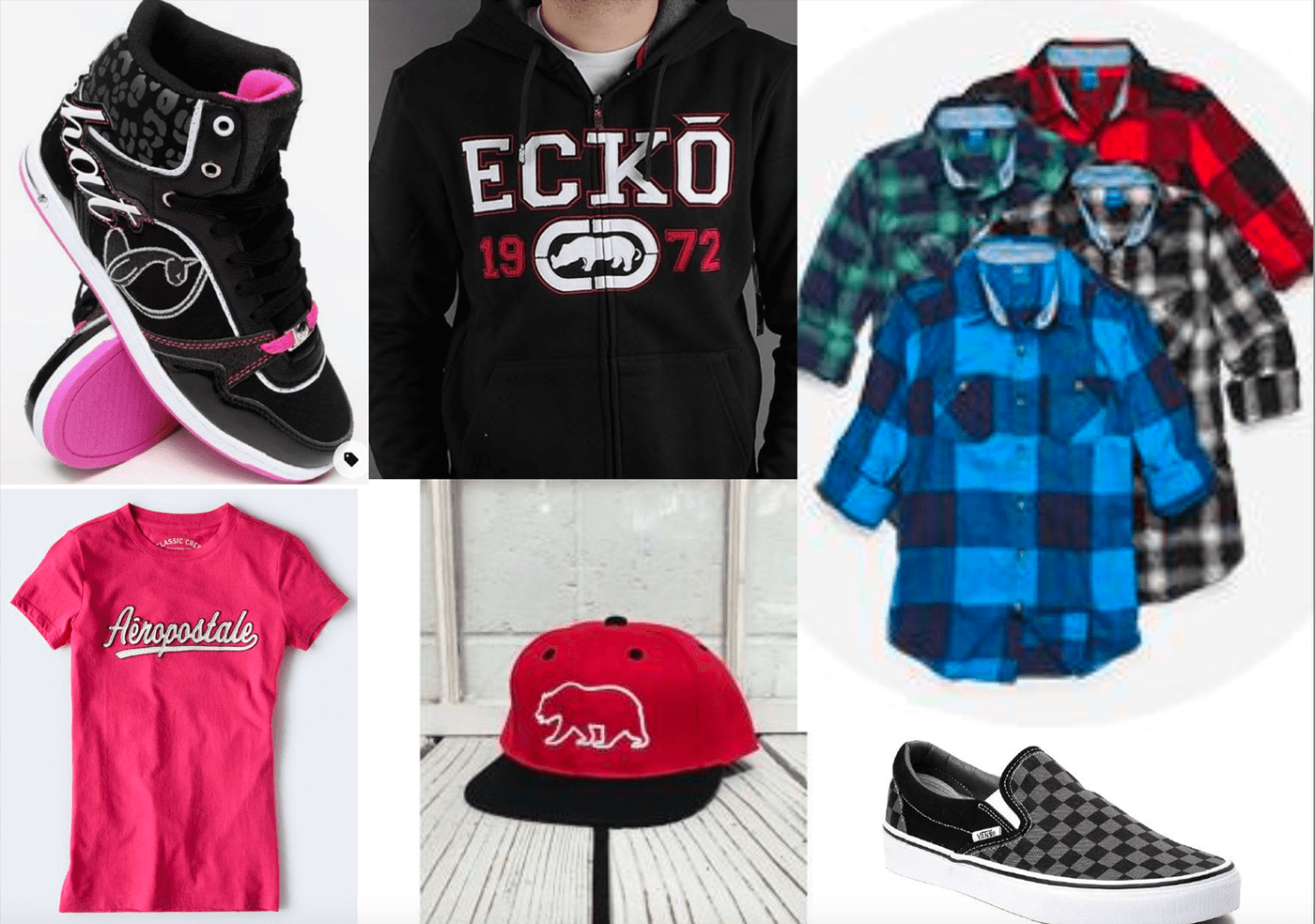
YOLO
A coming-of-age comedy based in 2012
By Jessica Martin
Logline
Three tweens, seeking to become an internet sensation, find themselves testifying against their part in the murder of an old lady.

Characters
Logan -
Logan is a tween boy with a passion for science, and crafting things out of duct tape. His recent discovery of the opposite sex changed how he views his neighbor Charlotte (Charlie). He looks to his best friend, Ricky, for guidance on how to navigate the 6th grade.

Ricky -
Ricky is a neighborhood menace who uses mischief to compensate for his petite stature. He struggles with paying attention and can never sit still. Ricky depends on his friendship with Logan and is a truly loyal friend.

Charlie -
Charlie is a tom-girl who wants nothing more than to be apart of Logan and Ricky’s boy gang. She is bold and not afraid to stand her ground.

Sissy -
Sissy a mother to Logan and Patrick (7 years old) and a mother figure to Ricky. She has been divorced from Logan’s father for 5 years and dating Tom. She works as a manager at the local department store but her children are her first priority.

Sample Script
(10/83 pages)























Audience Analysis
YOLO caters to young adults and teens due to the maturity level and the coming of age genre. The humor within YOLO stems from a relatability aspect and teens that lived through 2010-2020 will have a better understanding of the context behind the jokes. The setting is representative of an American suburb, which arguably narrows YOLO’s relatability to western cultures. However, the comedy, regardless of relatability, is applicable to a wide variety of cultures and nationalities. YOLO is intended for all genders and caters to young females with its representation of women in strong leadership positions. YOLO appeals to group consumption and sparks discussion on remembering the dreadful time of being a teenager in 2012.
Genre Analysis
YOLO is a comedy coming of age film. The setting is in a boring, dry California suburb which puts an emphasis on the dynamic social and family relationships. The complicated parental situations of Logan and Ricky create chaotic yet relatable energy that carries the narrative. YOLO is classified as an unconventional coming-of-age film and does not romanticize the time period and experience of being a teenager in 2012. It includes the insecurities within social situations and through the character Charlie, the difficulty of feeling ostracized as a female in a male-dominated age group. The camera work will act as a bystander rather than a participating member which will help showcase the power dynamic between the genders. This is an important aspect because I want to avoid granting superiority to the male counterparts and instead emphasize the absurdity of their actions. The title of the film helps depict the coming of age genre and paints a clear picture of 2012 in the audience's mind.
Through-line/theme, tone/mood
YOLO’s main characters are teenagers who set a tone of youthfulness with the anticipation of rebellion. The protagonist, Logan, experiences a corruption of his innocence by the rebellious nature of his best friend Ricky. The tension of the narrative derives from the break of normalcy with the inclusion of crime. The social structure of middle school is unsettling and the tone of YOLO will depict similar social anxieties. YOLO will create an accurate depiction of millennial and Gen Z high school experience and the audience will take away a narrative that’s relatable to their past. From viewing YOLO, The audience will change their perception of the insecurities that they’ve carried with them from their insecure teenage years.





